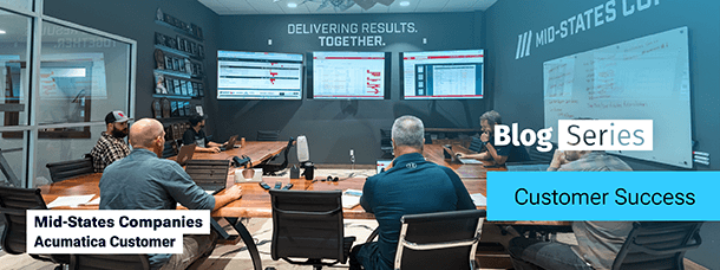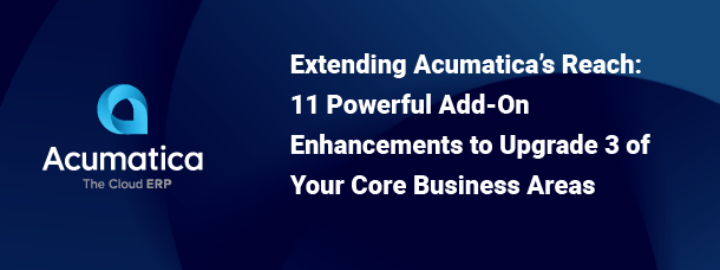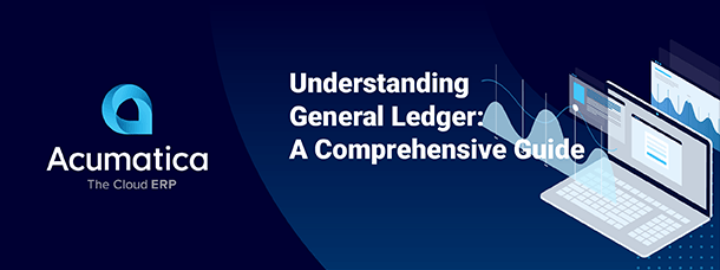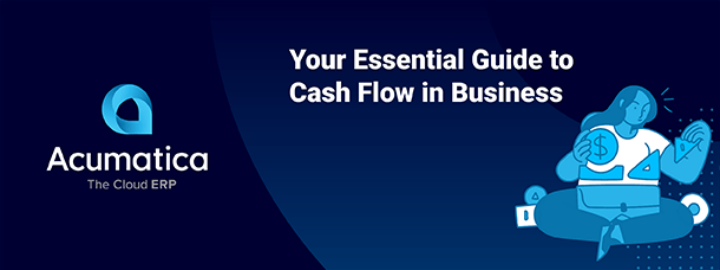Understanding Capital Expenditures (CapEx)
Capital expenditures (CapEx) are core to operating and growing a business. Accurate visibility into these funds is essential to decision-making and long-term planning. Businesses use CapEx to acquire, upgrade, and maintain assets in the long term. These assets can be physical (i.e., tangible, like buildings and equipment) or non-physical (i.e., intangible, like patents and licenses), but they all reflect a company’s investment in its future growth and efficacy—something financial analysts and investors want to see.
Today, we’ll examine these concepts more closely, so businesses, of any size and in any industry, can see how CapEx can impact their future success.
CapEx vs. OpEx
CapEx differs from another common type of business expenditure, operating expenses (OpEx), in several ways.
- CapEx represents major, long-term investments, while OpEx covers daily expenses (salaries, rent, utilities, etc.) and short-term investments.
- CapEx investments cost more than OpEx and must be approached with careful planning, given that the value of a CapEx asset may depreciate.
- For financial reporting purposes, CapEx investments require more steps than OpEx.
- A CapEx investment is added as an asset to the balance sheet for the fiscal year in which it was purchased. For each subsequent year of the asset’s useful life, how much the asset has depreciated is listed as an expense on the income statement. CapEx investments are also not tax deductible.
- OpEx costs are always reported on income statements, are tax deductible, and can be reversed more readily because they are not long-term investments.
Examples of CapEx
CapEx investments are divided into two categories—tangible or intangible—and subdivided into many types, including acquisitions, upgrades, renovations, and adaptations. Tangible CapEx costs are often called Property, Plant, and Equipment (PP&E) expenses because they are the basic physical assets needed to keep the company’s daily operations running: the land (property) on which an office sits, the building (plant) in which work is done, and the tools (equipment) to create products or services.
Here are some specific CapEx examples:
- Tangible Assets
- Land
- Structures (built or acquired)
- Equipment
- Vehicles
- Furniture
- Machinery
- Hardware
- Intangible Assets
- Software
- Patents
- Licenses
- Trade Secrets
- Copyrights
- Trademarks
CapEx Formula in Finance
CapEx can be calculated through a few simple formulas.
CapEx = ΔPP&E + Current Depreciation
In this formula, ΔPP&E stands for the change in the value of PP&E assets, and current depreciation means how much value the fixed assets have lost over a specified period of time.
Total and net CapEx numbers can also be calculated with a company’s balance sheet and cash flow statement.
Balance Sheet: Total CapEx = Net Increase in PPE (previous year to current year) + Current Year Depreciation
Cash Flow Statement: Net CapEx = Cash Outflow on the Purchase of Fixed Assets – Cash Inflow on Sale of Fixed Assets
Conclusion
Wise financial management—managing a business’s assets efficiently and effectively with the goal of improving financial performance—leads to a strong, thriving business. Earmarking funds for adding and improving upon CapEx investments is a key financial decision that proves to stakeholders that the business is deeply committed to operating successfully in the long term.
But to be able to determine what CapEx investments will best serve them, businesses need to be equipped with modern financial technology that can help them quickly and easily gather, analyze, and report on their financial data and can provide them with essential financial management tools, including General Ledger, AR/AP, Cash Management, Fixed Assets, and more. Such technology exists in the form of enterprise resource planning (ERP) software, like Acumatica.
According to Acumatica customer Shirley Lim, Director of Finance, The Learning Lab, Acumatica provided her team with the strong financial foundation for which they were looking. She says, “Acumatica is a well-developed solution that takes the best accounting practices and requirements into consideration while also incorporating what users and customers actually need.”
She adds, “Finance has always aimed to account for that one version of truth so having information in Acumatica accessible to the rest of our stakeholders will allow them to work together with Finance to ensure information is properly recognized and accounted for.”
Just as with The Learning Lab, Acumatica provides businesses with the financial data they need to ensure that their CapEx is appropriate, effective, and reported accordingly.













